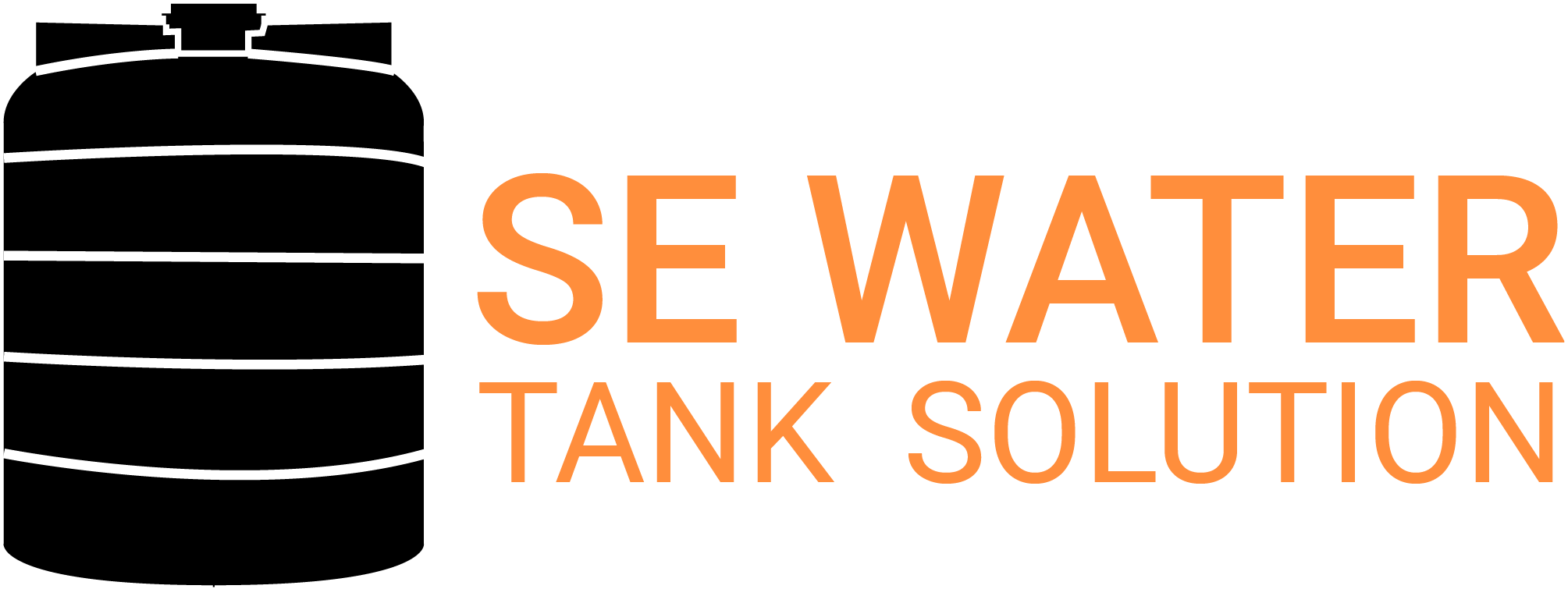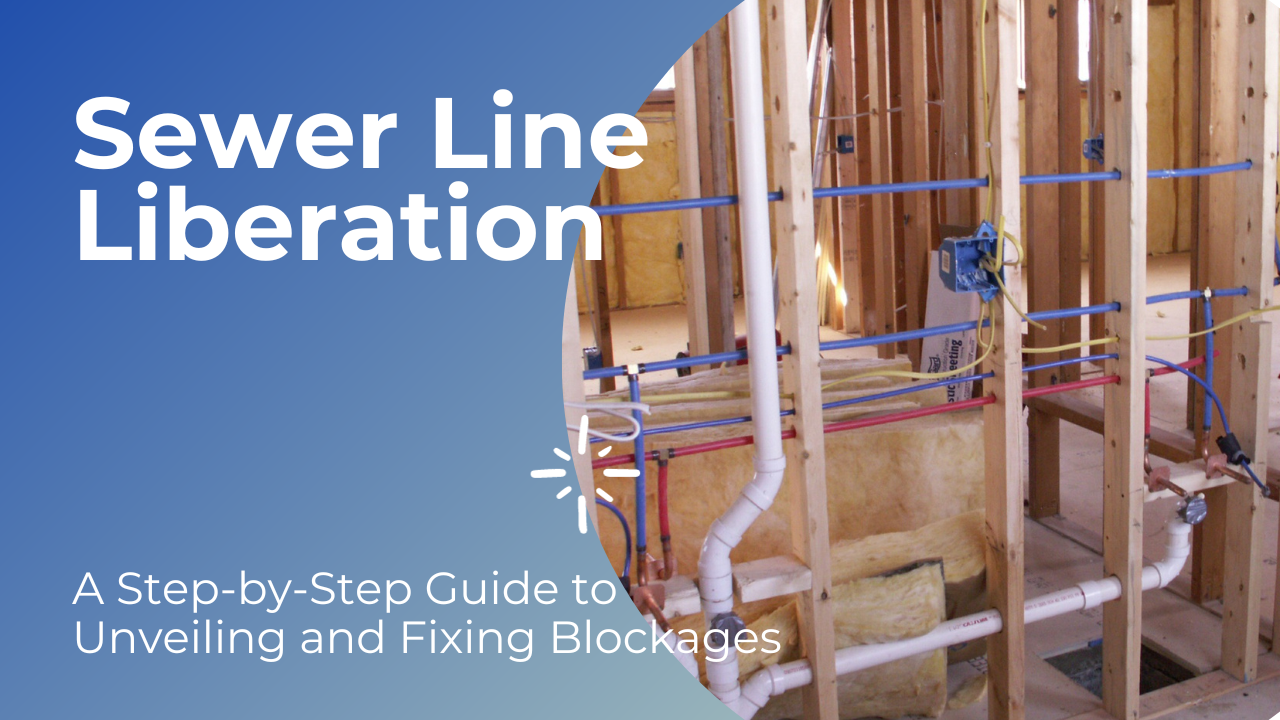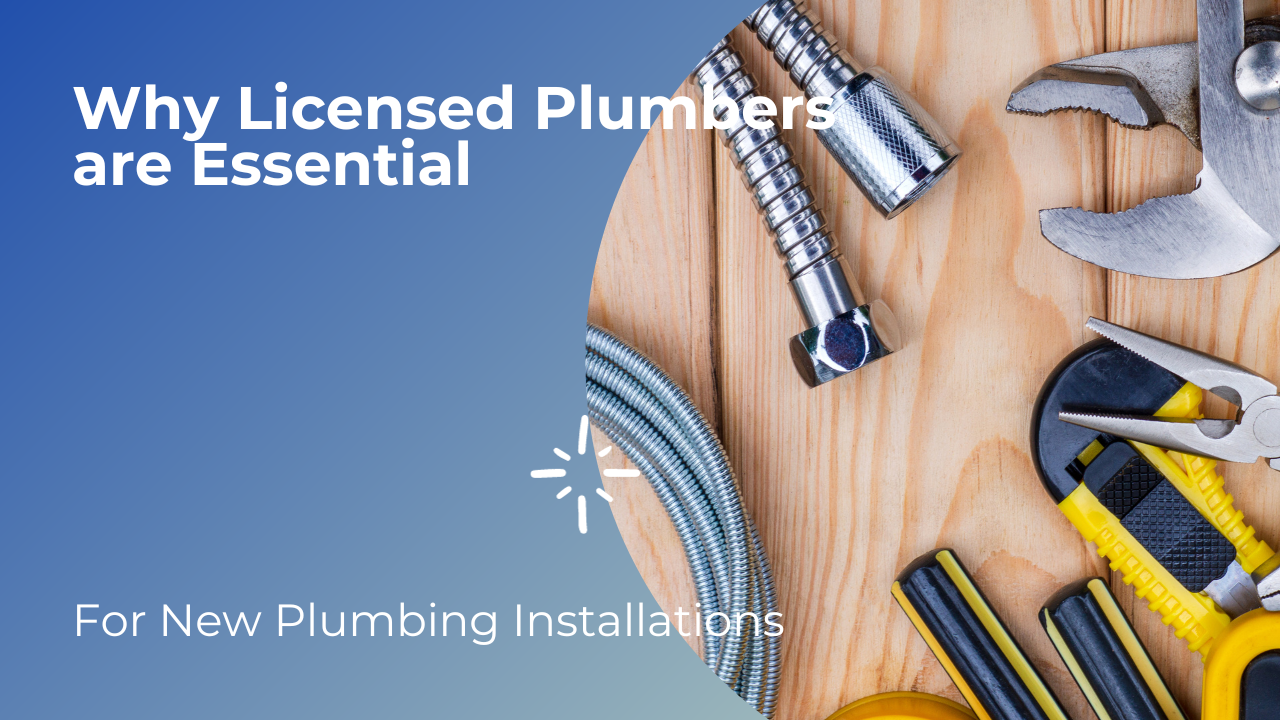“Welcome to the heart of your kitchen or bathroom,” where under-sink plumbing quietly facilitates the seamless flow of water, often overlooked but indispensable. In this guide, we embark on a journey to unravel the mysteries of P-traps, supply lines, and drainage pipes, exploring the importance of this essential system, including installation, maintenance, and materials.

The Importance of Under-Sink Plumbing
Under-sink plumbing serves as the unsung hero, tirelessly providing fresh water and efficiently disposing wastewater. The U-shaped P-trap prevents unpleasant sewer odors, supply lines deliver water for daily activities, and drain pipes whisk away the aftermath. Understanding these components is key to appreciating the role under-sink plumbing plays in the functionality of your home.
Under-Sink Plumbing Installation
Embarking on the installation journey requires a systematic approach. Gather necessary tools and materials, measure and cut pipes precisely, and assemble components with careful attention to secure connections. Align and pitch pipes for proper drainage and conduct a water flow test to identify and address potential leaks. This step-by-step guide empowers homeowners to master the art of under-sink plumbing, ensuring a smoothly operating kitchen or bathroom.
Step-by-Step Guide for Under-Sink Plumbing Installation
- Turn off the water supply to the sink. Unscrew the compression nuts from the hot and cold water supply lines and disconnect them from the sink faucet.
- Use a hacksaw to cut the P-trap from the drain pipe. Remove the old P-trap and dispose of it.
- Install the brand-new P-trap. Connect the curved end of the P-trap to the outlet on the sink drain. Connect the straight end of the P-trap to the drain pipe. 4. Secure the P-trap in place with the slip nuts provided. Be sure to hand-tighten the nuts to prevent over-tightening.
- Reattach the hot and cold water supply lines to the sink faucet. Use compression to secure the connections.
- Turn on the water supply to the sink and check for leaks. If any are found, tighten the connections until the leak is stopped.
Maintenances Of Under Sink Plumbing ?
- Check the pipes for any signs of leaking and repair or replace them if necessary.
- The drain and P-trap should be cleaned.
- Check for any clogs and clear them as needed.
- Water supply lines should be examined for signs of damage or corrosion and repaired or reinstalled if necessary.
- Make sure the shut-off valves are working properly and repair any faulty valves.
- Check for any mineral deposits and remove them as needed.
- Inspect for any loose fittings or connections and tighten or fix them as needed.
- Check the garbage disposal properly and fix or replace it if necessary.
- Examine the water heater for any signs of corrosion and repair or replace it if necessary.
- Examine the sink for any signs of damage or corrosion and repair or replace it if appropriate.
Which Trap Is Used in Under Sink?
A trap is a vital component in plumbing systems, particularly beneath sinks, designed to serve two crucial functions. Firstly, it acts as a barrier to prevent sewer gas from entering the home through the drain, thus ensuring a sanitary and odor-free living environment. Secondly, it functions as a containment device, preventing substances poured down the drain from easily escaping.
Among the various types of traps, the P-trap is one of the most common. Its distinctive shape, resembling the letter “P,” characterizes this trap. P-traps are specifically designed to utilize water to create an effective seal within the plumbing system. This water seal acts as a barrier, blocking the passage of gases and maintaining the integrity of the home’s indoor air quality. Overall, traps play a crucial role in maintaining the functionality and hygiene of plumbing systems in residential and commercial setting
conclusion
In conclusion, understanding and maintaining under-sink plumbing is essential for the smooth operation of your kitchen or bathroom. Whether embarking on DIY installation or seeking professional assistance, the comprehensive guide provides insights into the intricacies of under-sink plumbing, empowering homeowners to navigate the depths of this crucial component in their homes.






